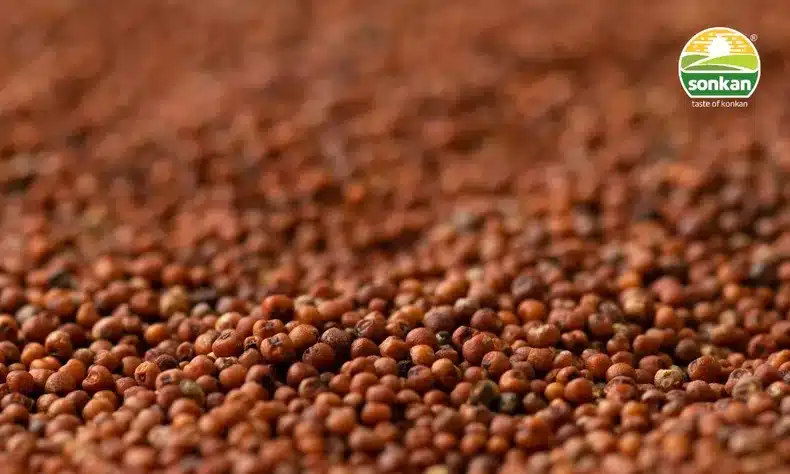Ragi, also known as nachni or finger millet, is a nutritious powerhouse that has been gaining recognition for its incredible health benefits. If you’re wondering how to make this versatile grain a part of your diet, we’ve got you covered. Here are some easy ways to consume nachni and tap into its nutritional advantages.
Benefits of Ragi:
Ragi is a nutritional powerhouse. It is rich in dietary fiber, making it great for digestive health by preventing constipation and promoting regular bowel movements. Moreover, it’s a fantastic source of calcium, aiding in bone health and potentially reducing the risk of osteoporosis. Ragi is also gluten-free, making it suitable for individuals with gluten sensitivities or celiac disease. Its high antioxidant content can help combat oxidative stress in the body. Additionally, ragi has a low glycemic index, making it an excellent choice for managing blood sugar levels.
Incorporating ragi into your diet is a smart choice for overall health and well-being. Experiment with these easy ways to consume nachani, and you’ll not only enjoy its unique nutty flavor but also reap its numerous health benefits.
Incorporating Ragi in Your Diet:
- Ragi Porridge: Start your day with a hearty bowl of ragi porridge. Mix ragi flour with water or milk, cook it to a thick consistency, and sweeten it with honey or jaggery. This warm and filling porridge is not only delicious but also provides a steady release of energy throughout the day.
- Ragi Roti: Swap your regular wheat rotis with ragi rotis. Mix ragi flour with water, a pinch of salt, and knead it into a soft dough. Roll it out, cook it on a hot griddle, and enjoy the nutty flavor of ragi in a wholesome flatbread.
- Ragi Idli and Dosa: Fermented ragi batter makes for delicious idlis and dosas. Just like traditional rice batter, blend ragi with urad dal (black gram) and ferment it overnight. These idlis and dosas are not only gluten-free but also rich in fiber and nutrients.
- Ragi Upma: Give your regular upma a healthy twist by adding ragi flour. Sauté ragi flour with spices and vegetables to create a flavorful and nutritious dish that’s perfect for breakfast or a quick snack.
- Ragi Cookies and Biscuits: You can also incorporate ragi into your snacks. Bake ragi cookies or biscuits with a mix of ragi flour, whole wheat flour, and your favorite flavorings. These treats are not only delicious but also provide a wholesome alternative to store-bought options.
- Ragi Smoothies: Boost your smoothies with the goodness of ragi. Blend ragi flour with fruits, yogurt, and a touch of honey for a nutrient-packed and filling beverage.
End Note:
In conclusion, nachani, or ragi, is a nutritional treasure that offers a wide array of health benefits. Whether you choose to start your day with a nourishing bowl of ragi porridge, switch to ragi rotis, or explore other creative recipes, incorporating this gluten-free grain into your diet is a simple and delicious way to boost your overall well-being. With its high fiber content, calcium-rich composition, and low glycemic index, ragi is a valuable addition to your daily meals, supporting digestive health, bone strength, and stable blood sugar levels. So, go ahead and embrace the goodness of ragi in your diet, and reap the rewards of this nutritious millet.

